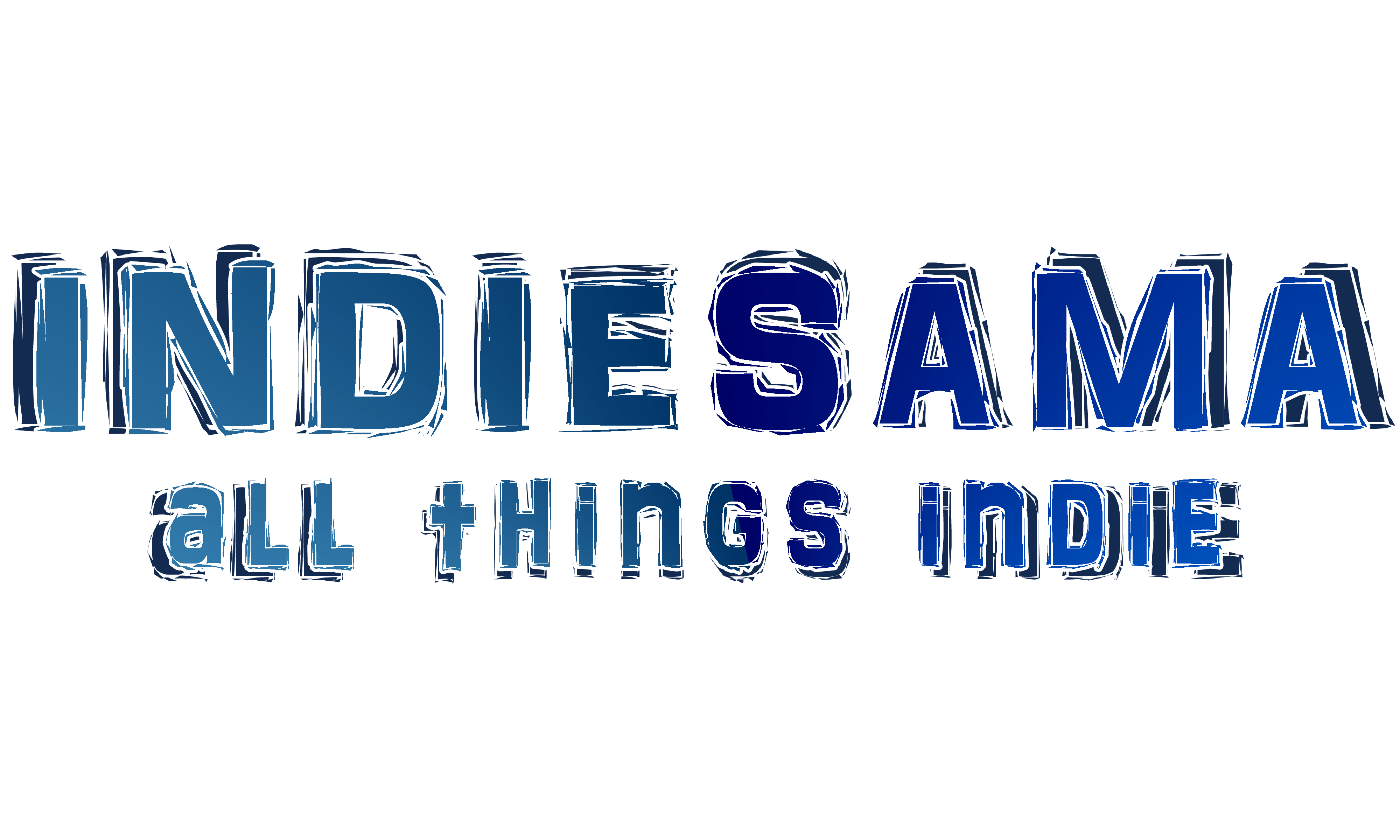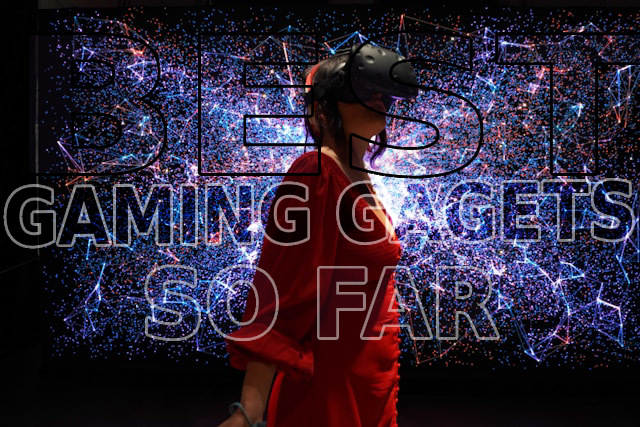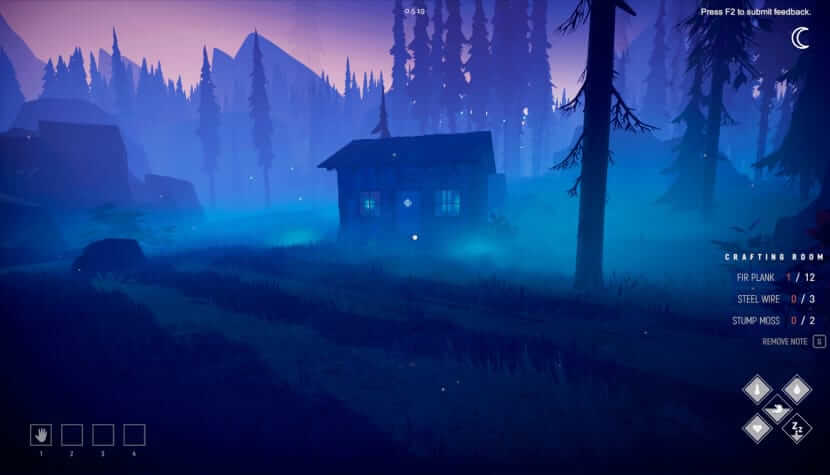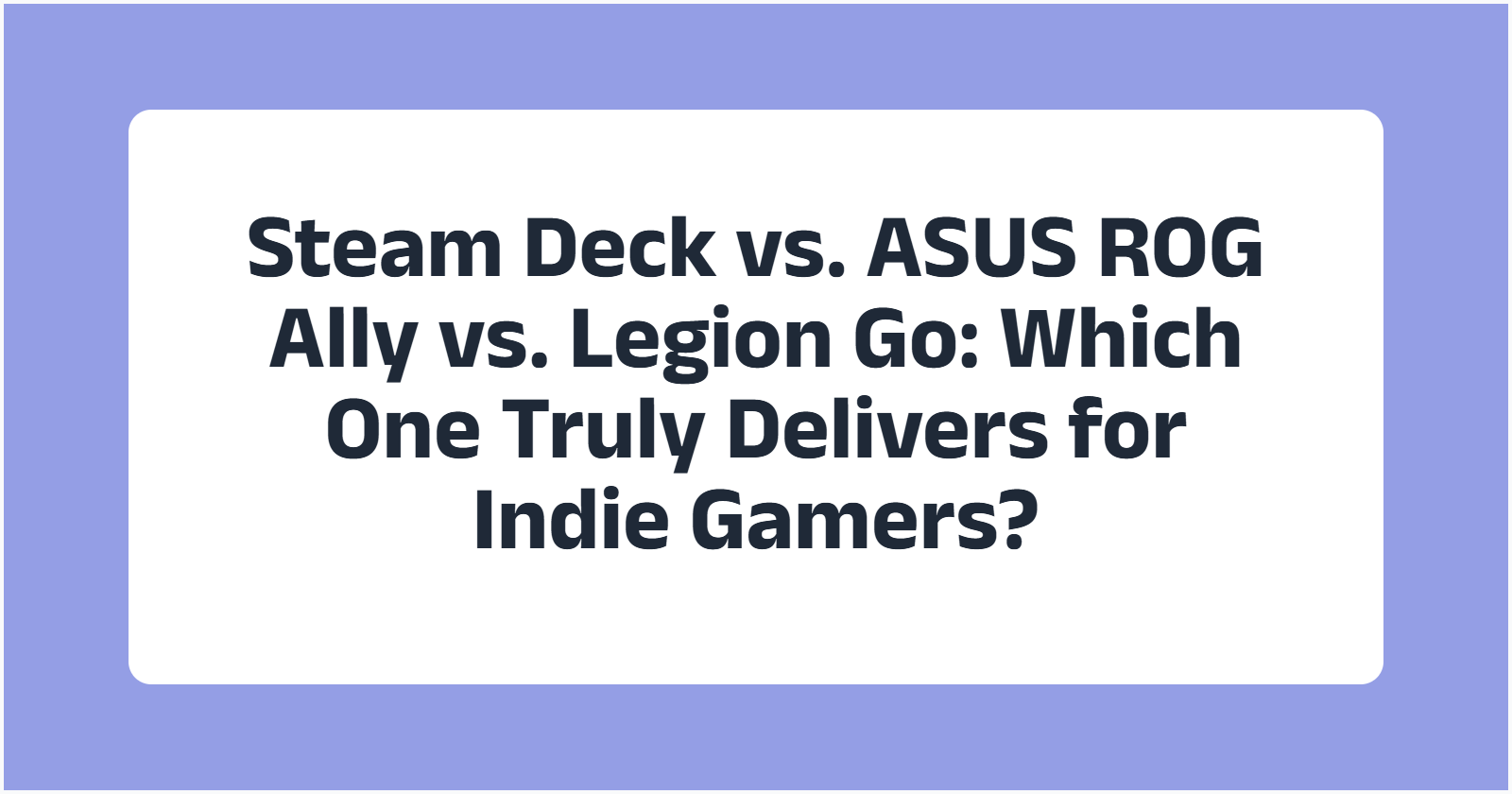In the dynamic world of video games, where creativity knows no bounds and immersive experiences reign supreme, a game’s logo serves as the portal to its virtual universe. Game design logos are the visual keys that unlock a player’s curiosity and set the tone for their upcoming adventure. A well-crafted logo can transcend mere visuals, becoming a symbol that encapsulates the essence of the game and leaves an indelible mark on players’ memories. In this article, we delve into the realm of game design logos, exploring what makes them remarkable and how to create them.
The Essence of a Game Logo
A game logo isn’t merely a collection of shapes, colors, and fonts; it’s a representation of the game’s soul. It’s a single image that conveys the heart of the gameplay, narrative, and emotions that players will experience. Think of iconic logos like the golden arches of McDonald’s or the bitten apple of Apple Inc. These symbols evoke an instant emotional response and are synonymous with their respective brands. Similarly, a game logo should encapsulate the gameplay mechanics, themes, and emotions that make the game unique.
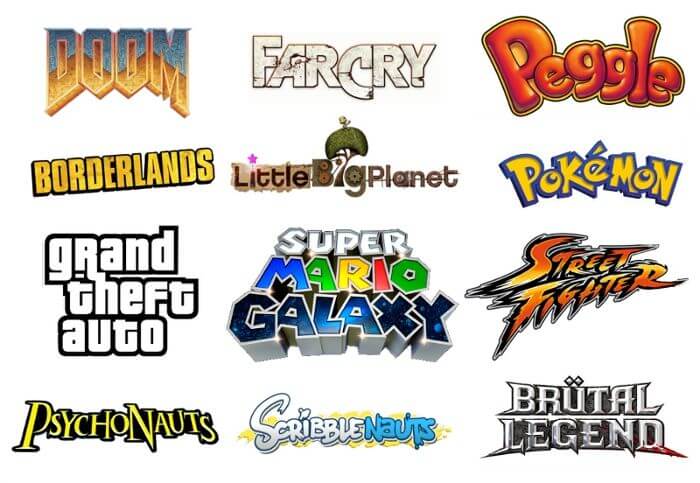
Simplicity and Memorability
Great game logos are often characterized by their simplicity and ease of recognition. A cluttered or overly intricate design can be confusing and fail to leave a lasting impression. Logos like the bold “Triforce” from “The Legend of Zelda” series or the sleek “PlayStation” logo are prime examples of how simplicity can lead to memorability.
Reflecting Gameplay and Themes
A game’s logo should offer a glimpse into its core gameplay mechanics and themes. For instance, the logo for “Portal” features a striking aperture, alluding to the game’s portal-based puzzles. Likewise, the logo for “Bioshock Infinite” showcases a city in the clouds, hinting at the game’s airborne setting.
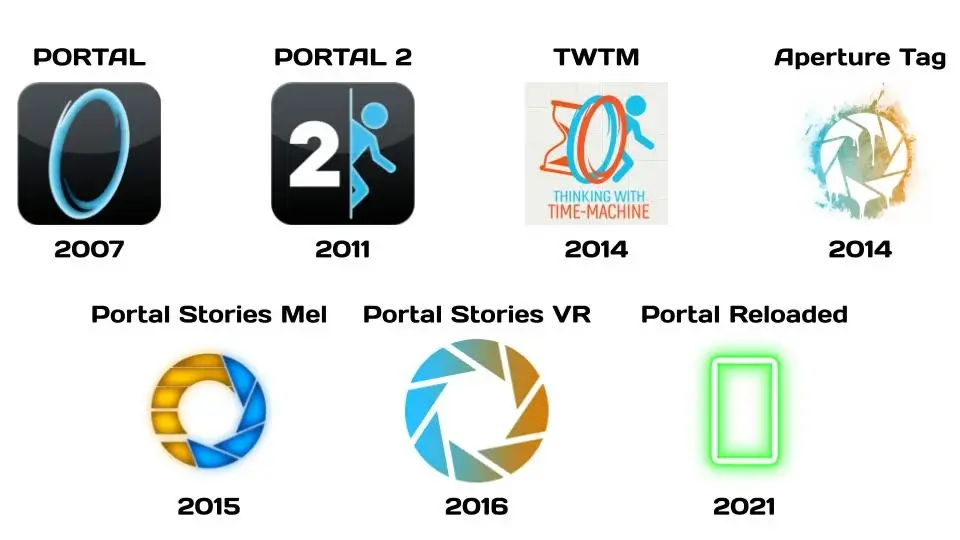
Typography and Fonts
The choice of typography and fonts is crucial in conveying the game’s identity. Whether it’s the retro-futuristic font of “Fallout” or the whimsical script of “Cuphead,” the typography should resonate with the game’s aesthetic and genre.

Color Palette
Colors hold immense psychological power, and they play a vital role in a logo’s impact. Game logos often employ colors that align with the game’s themes and emotions. For instance, horror games might use darker and more intense colors to evoke a sense of fear, while vibrant and playful colors could be used for a lighthearted platformer.

Crafting Your Game Logo
Creating a game logo is a process that combines artistic flair, strategic thinking, and an understanding of the game’s identity. Here’s a step-by-step guide to help you craft a captivating game logo:
1. Understand Your Game
Before diving into design, deeply understand your game’s essence. What are its core mechanics? What emotions does it evoke? What sets it apart? This understanding will guide your design choices.
2. Conceptualize Ideas
Brainstorm various concepts that represent your game’s core. Sketch rough drafts to visualize how different elements could be integrated into a logo. This stage is all about exploring possibilities.
3. Embrace Simplicity
While exploring ideas, prioritize simplicity. Aim to distill your concept into its most essential elements. A cluttered logo can be visually overwhelming and dilute the intended message.
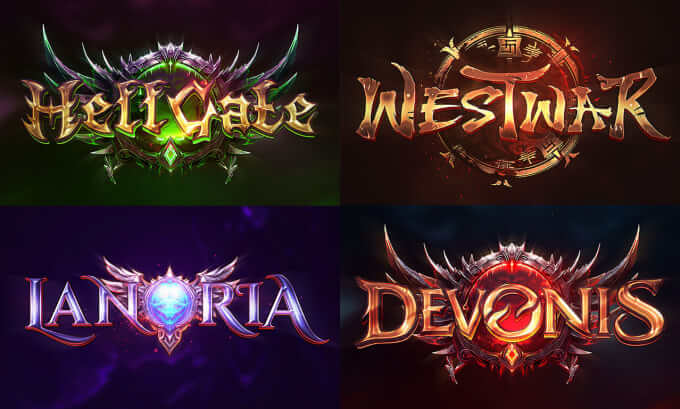
4. Typography and Fonts
Choose a typography style that aligns with your game’s tone. Whether it’s bold and futuristic, elegant and mysterious, or playful and whimsical, the font should complement the overall design.
5. Visual Elements
Incorporate visual elements that reflect your game’s themes. These could be abstract shapes, iconic objects from the game world, or characters that resonate with players.
6. Color Palette
Select a color palette that amplifies the emotions and themes of your game. Consider the psychology of colors and how they contribute to the overall perception of your logo.
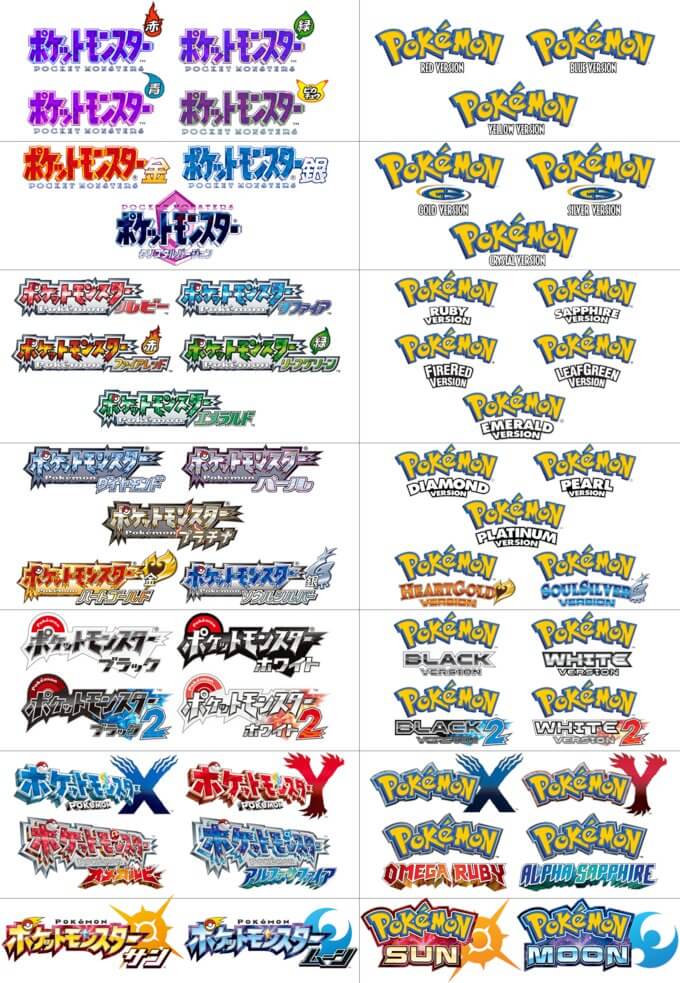
7. Iteration and Feedback
Design is an iterative process. Create multiple versions of your logo and seek feedback from colleagues, fellow designers, or potential players. Constructive criticism can help refine your design.
8. Scalability and Versatility
Ensure your logo looks appealing and maintains its essence across different sizes and platforms, from mobile screens to promotional banners.
9. Test for Recognition
Test your logo on a diverse group of individuals. If people can grasp the essence of your game and its themes just by looking at the logo, you’re on the right track.
10. Finalization
After refining your design based on feedback and testing, finalize your logo. Make sure all elements are well-balanced, aligned, and visually appealing.
Conclusion
Game design logos are visual gateways that encapsulate a game’s spirit and intrigue players before they even press “Start.” A successful game logo distills complex themes and emotions into a single image, leaving an imprint that lingers in players’ minds. By embracing simplicity, aligning with gameplay mechanics, and mastering the art of typography and color, game designers can create logos that become symbols of unforgettable gaming experiences. So, whether you’re a seasoned developer or an aspiring creator, remember that crafting a game logo is more than just design; it’s an invitation to a world waiting to be explored.

